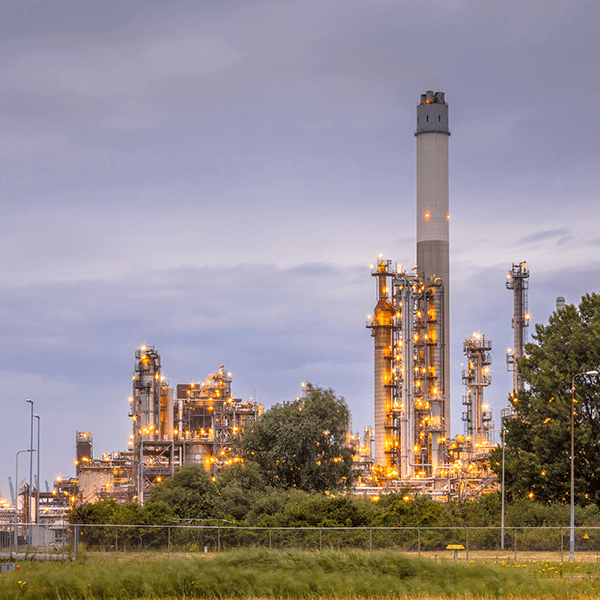
Not all gas detection programs are created equally. There are various factors that may influence the final decision when selecting equipment, but the price itself should not be the only consideration. What matters in the long run for company financials and overall safety and performance is the total cost-of-ownership (TCO), which is the price plus soft costs.
Some examples of soft costs can be the time spent by a safety manager to prepare reports and the hours in lost productivity for calibrating the portable gas detectors for the workday. There is a good chance some organizations have not considered some or all of the soft costs that should be assessed in gas detection. Though these soft costs may be overlooked or hidden, they still add up over the lifetime of the program.
A lower price on a gas detector or other component of a gas detection program does not automatically mean savings. For example, if a company purchases two gas detectors and the first detector is half the price as the second, this does not mean the first detector will save the program 50% of its costs. The price at purchase is not equal to the total cost evaluated over the lifetime of the device. Generally speaking, the more durable the device, the lower the total cost of ownership, meaning the more expensive device will not need to be repaired or replaced as soon as the sale device. Upfront costs may be slightly higher at the beginning, but can actually save your safety program money in the long run.
Managers who are concerned about cost and their budgets will want to understand that there is a difference between price and total cost of ownership. The terms “price” and “cost” mean the same thing and often are used interchangeably. However, TCO is not the same as price or cost. Price or cost refers to the initial expenses incurred at the time of purchase. There is a price or cost for buying new gas detection devices. On the other hand, TCO refers to the purchase price plus all the cumulative expenses needed to operate, support, and maintain the products, solutions, and components of the gas detection program throughout their useful life. Easy to overlook, managers may not think about hidden expenses, but knowing those expenses and how they add up is important to maximize the investment of a gas detection solution.
In addition to considering the price of a device or system, there are five common hidden costs that companies might want to consider when determining the TCO of the gas detection program.
- Daily bump testing and regular calibration is always recommended. However, performing these tests manually is not only prone to human error, it increases time spent and the cost of using calibration gas.
- When calculating TCO, one of the most expensive and least thought of costs is maintenance. A high-quality product can help minimize costs for upkeep and repair. Safety managers, therefore, should consider the robustness of the device, sensor life, long or extended warranty periods, connectivity and automation, and other maintenance activities such as inspecting, cleaning, disinfecting, updating settings, and recharging and replacing batteries are essential maintenance tasks.
- Managing a gas detection program takes a deliberate effort from keeping records and investigating alarms to conducting audits and running reports. There’s also the time involved in ensuring that gas detectors are in proper working order, as well as monitoring and tracking these portable devices.
- Disruptions and interruptions can derail any worker’s day. Anything that detracts attention from safely doing the job has the potential to affect worker safety and, ultimately, affect the bottom line. Instead, a trusted gas detection solution will include industry-leading devices, an automated calibration test stand, and connectivity with gas detectors management software, which help workers focus and give safety managers peace of mind about worker protection, keeping the total cost of ownership under control.
ION Science is a leading gas detection and prevention company offering a variety of solutions across a vast amount of applications. Our fixed, portable and personal detectors meet rigorous requirements and standards set to ensure worker and site safety. To learn more information about products offered by ION Science for gas and leak detection, view our products page. For more information about specific systems in your application or if you have a question for us, contact ION Science today.











